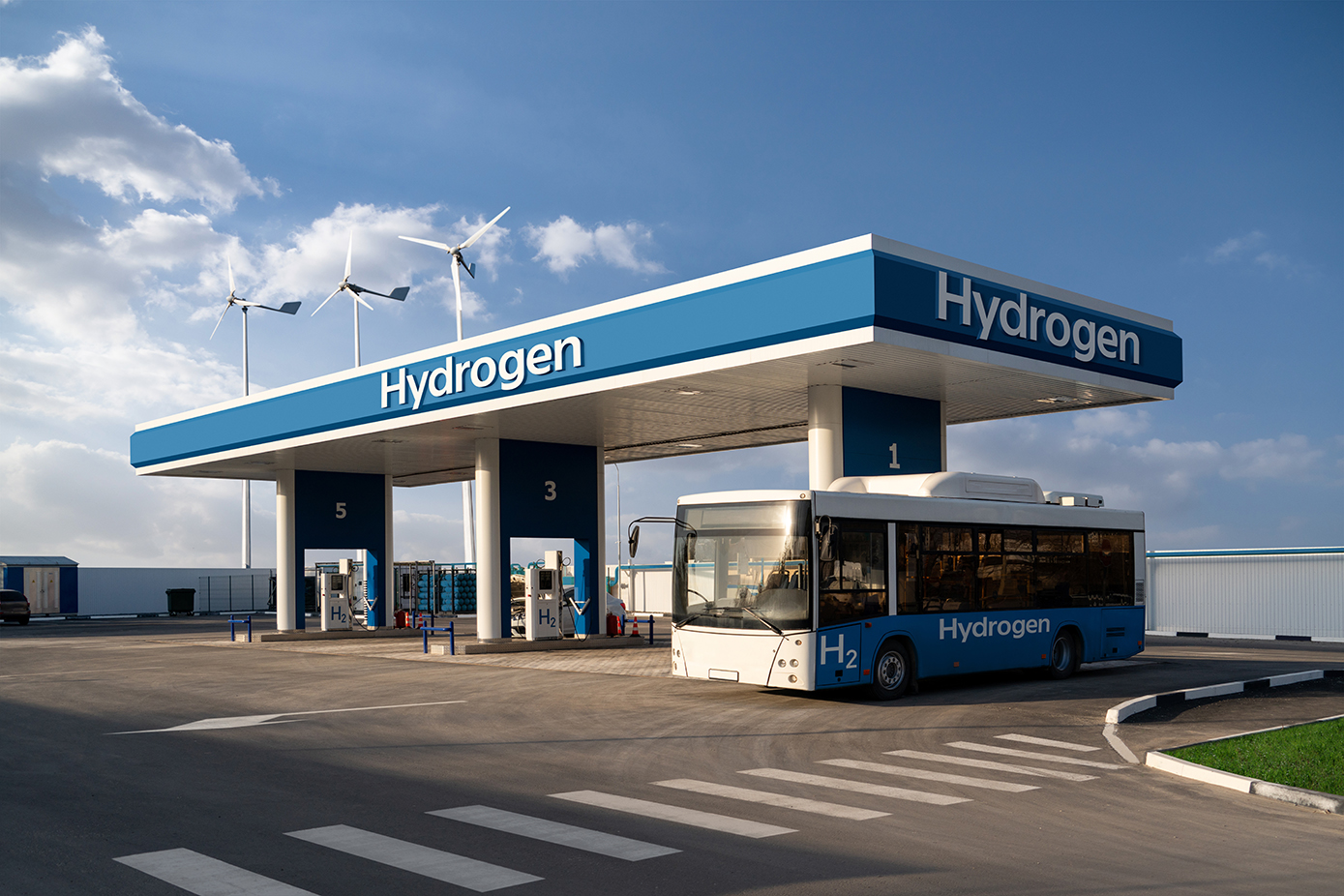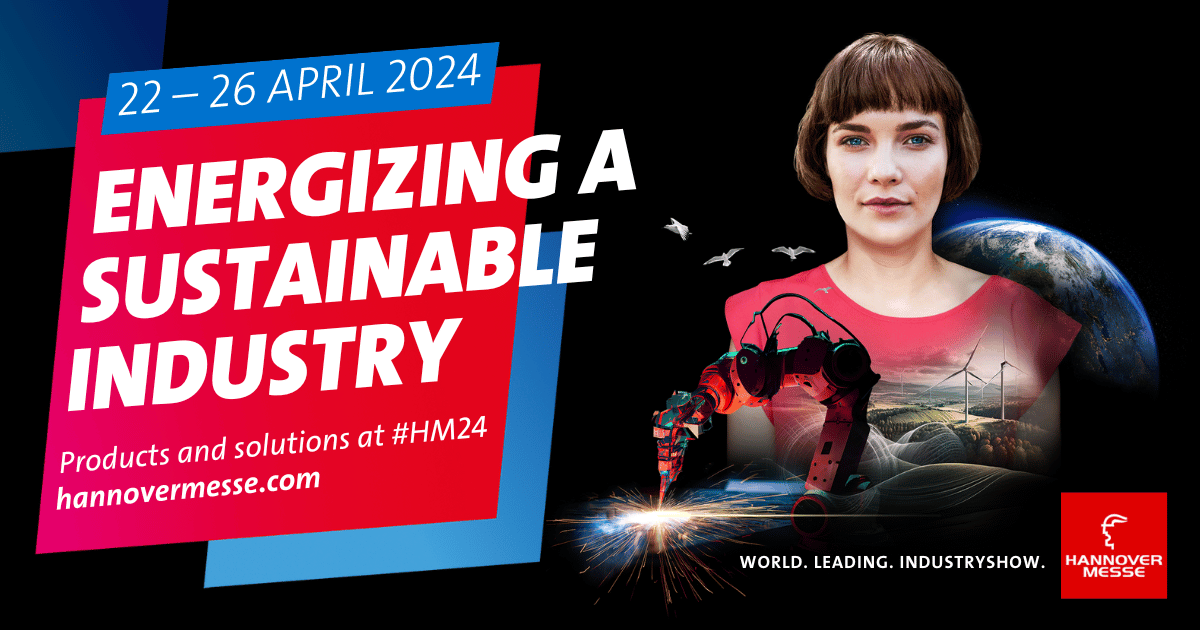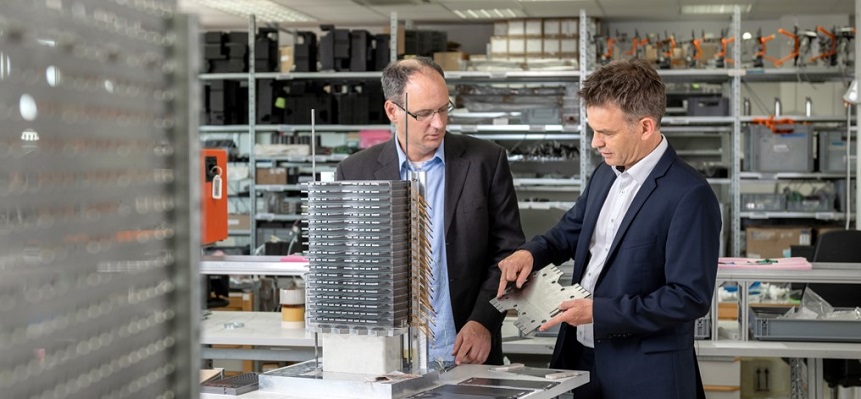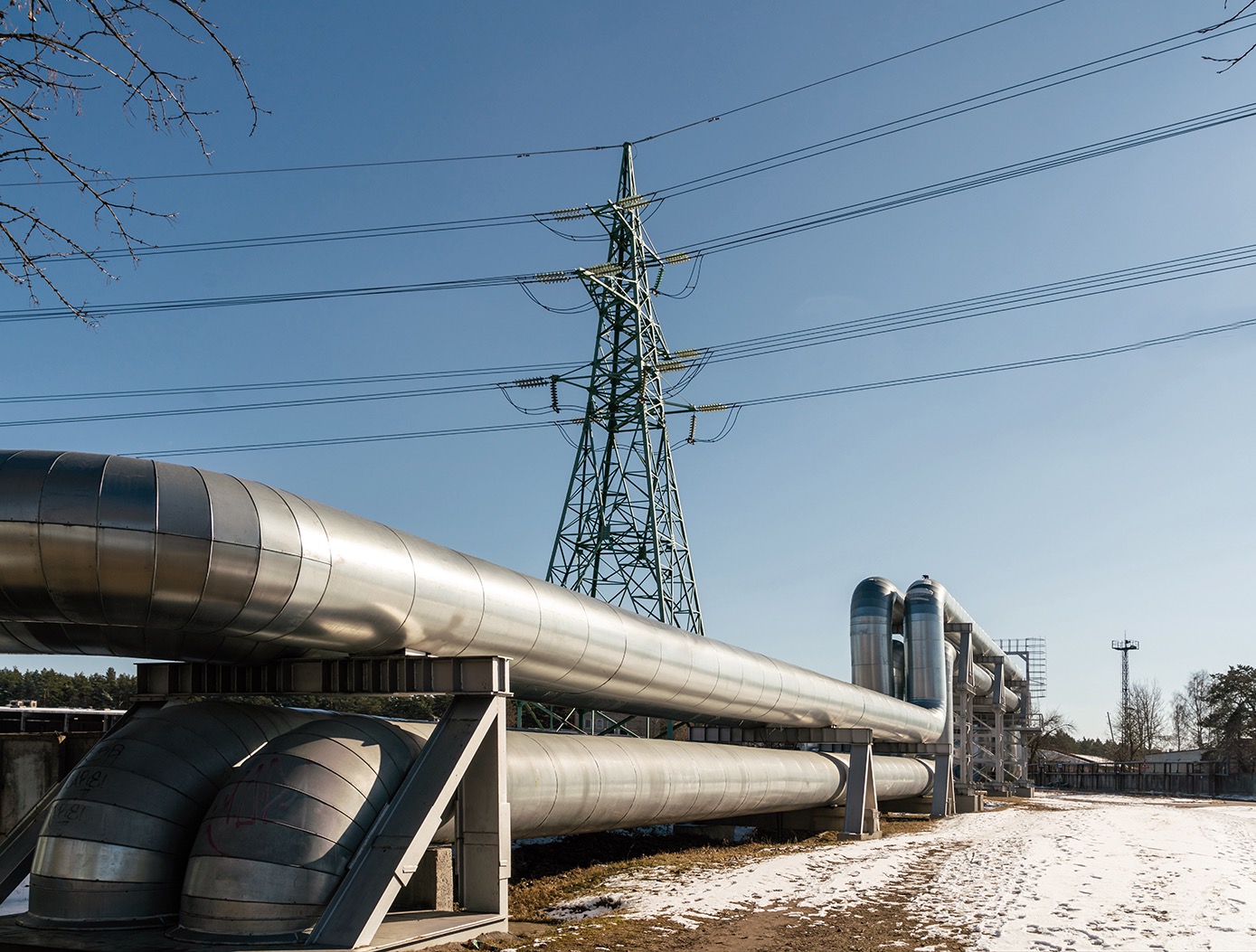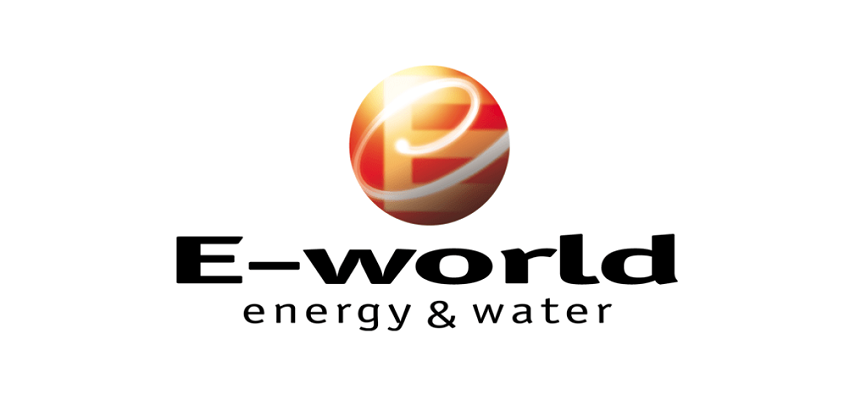EHS technology can set new economic standards
Munich – A white paper recently published by the Boston Consulting Group (BSG) under the title “Turning the European Green Hydrogen Dream into Reality” strongly emphasizes, in Siqens’s opinion, the need to aggressively address alternatives to electrolysis in the production of green hydrogen. According to the consulting company, the actual costs of green hydrogen projects would increase to around 5 to 8 euros/kg, contrary to previous forecasts, which assumed €3 per kilo of hydrogen. Responsible for this are, among other things, increased electricity prices, flatter learning curves for electrolysers, higher costs for new wind projects and increased interest rates.
At this cost level, hydrogen would hardly find any buyers. Such high additional costs would hardly be affordable for most industrial customers, is the BSG conclusion in the white paper. “These cost considerations do not take into account alternative processes for electrolytic hydrogen production, which offer significantly greater economic efficiency and enormous future potential,” comments Dr. Thomas Klaue, CEO of Munich-based Siqens GmbH, presented the white paper. “Electrolysis requires a lot of electricity, is expensive and complex and the energy balance is even negative.” According to the Munich hydrogen and fuel cell experts, this alone once again underlines the need to develop, promote and increasingly use alternative technologies in practice.
The hydrogen economy currently uses several processes to produce hydrogen, with steam methane reforming (SMR) currently being the most widely used. Around 98% of hydrogen is currently produced using the SMR process. However, the production of this so-called “gray” hydrogen produces CO2, which can be separated in a second step using carbon capture and storage (CCS) technologies. Then the “gray” becomes a “blue” hydrogen. To produce 1 kg of hydrogen, which contains 33 kWh of energy, the SMR process requires an energy expenditure of approx. 12-17 kWh.
“Green” hydrogen, on the other hand, is created through electrolysis, provided the electricity used was generated from renewable energies. However, the energetic balance of the process is sobering. Around 50 kWh are required to produce 1 kg using a hydrogen electrolyzer, i.e. 50% more than is contained in the hydrogen. In addition, electrolysis has been on the market for a long time – its technical efficiency is therefore considered to be exhausted in expert circles.
EHS technology – future potential and economic viability
The electrochemical hydrogen separation technology (EHS), which the Munich-based company Siqens has developed in recent years, offers a significantly more economical method for producing hydrogen. EHS technology was developed to harness the potential of existing gas network infrastructure and industrial processes to provide end users with high-purity hydrogen cost-effectively at the point of consumption.
EHS enables the local production of fuel cell quality hydrogen. Included
For example, hydrogen is produced by separation from natural gas after transport via the
Existing gas infrastructure gained. But also other locally available renewable sources
Resources such as biogas, methanol or methane can be used. In principle there is even
the possibility of obtaining hydrogen in this way from waste streams, such as biomass and non-biogenic municipal and industrial waste.
The EHS process still allows hydrogen to be extracted from natural reservoirs. Depending on the volume of hydrogen concentration in the feed gas, the energy requirement to produce 1 kilogram of hydrogen with EHS is only 3-5 kWh, i.e. around a tenth of the energy content of hydrogen. The EHS process reduces the energy requirement by around 90% per kilogram of hydrogen compared to electrolysis.
“We have a roadmap for producing green hydrogen using our method.”
“It can be realized permanently at around 2 euros per kilogram in a few years,” says Thomas
Take advantage of the cost advantage of this procedure.
About Siqens:
SIQENS, founded in Munich in 2012, develops and produces methanol fuel cells. The devices are used to provide emergency power to critical infrastructure and in places without a permanent connection to the power grid.
The SIQENS Ecoport fuel cell system is operated with liquid, easily available methanol. Hydrogen is produced from the methanol in the Ecoport. This reacts with oxygen in the SIQENS stack and generates electrical energy. Combined with a battery that the Ecoport automatically recharges when necessary, an EcoCabinet is created as a reliable power source.
In contrast to diesel generators, fuel cells are economical, require little maintenance and emit neither particulate matter nor nitrogen oxides as well as significantly reduced CO2 emissions. Methanol from renewable sources even enables completely climate-neutral operation.
